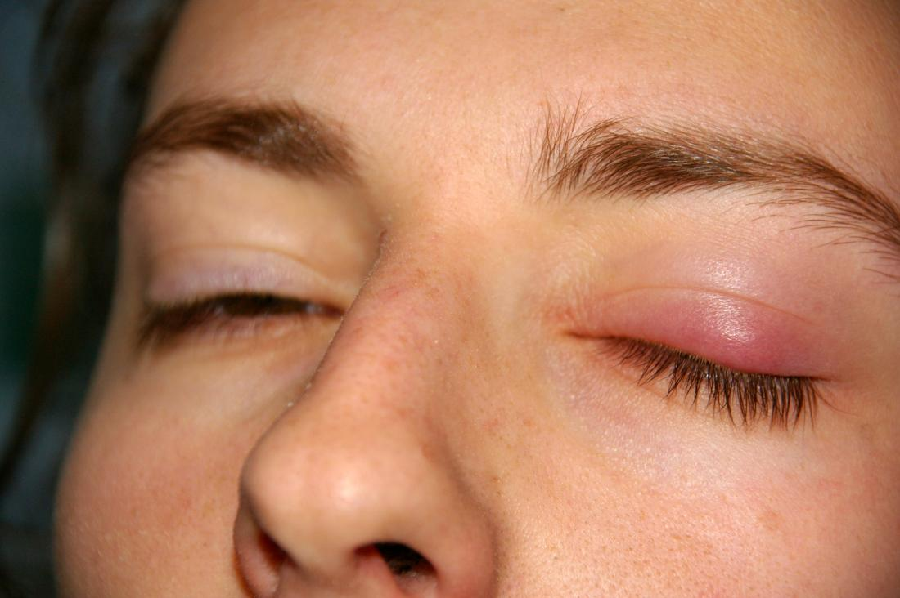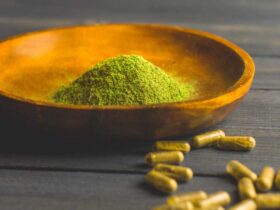What is a chalazion? Is chalazion dangerous? A chalazion is a medical condition where there is a lump on the eyelid. The lump is usually painless and the development of the lump is due to blockage that takes place in the gland that produces tears. Another condition that is quite similar to chalazion is a stye. A stye is also a state where there is a lump at the eyelid. However, a stye is painful and occurs as a result of an infection. A chalazion is painless, but chalazion takes a longer time to resolve or disappear in comparison to stye. Initially, a chalazion will result in swelling and redness of the eyelid. Later, the formation of a firm and a painless lump will take place. A chalazion usually affects the upper eyelid. On rare occasions, chalazion might take place at the lower eyelid and it will appear as a yellow-white lump. Find Doctor Online to discuss any of your issues related to health including chalazion or stye.
Unlike other medical conditions, chalazion has no specific or definite test to confirm it as a diagnosis. A chalazion is diagnosed through history taking and physical examination. In other words, a chalazion is a clinical diagnosis. History taking is a two ways communication session between patient and physician. During history taking, the doctor will ask a series of questions to explore more about your condition, symptoms, and your previous history related to health. Physical examination is when the physician will examine your body. In cases like chalazion, doctors will focus more on examining the patient’s eyes and other structures related to the eyes. A chalazion is a treatable and reversible condition. You do not have to panic. See a doctor for evaluation, advice, and treatment plan. This condition is a self-limiting condition which means that it will resolve spontaneously.
You can do a warm compression on it 4 times a day and each session should last for about 15 minutes. Wet a clean towel with warm water and place it on the chalazion. Every time the towel gets cool, wet it again with warm water. Chalazion should not be squeezed and do not try to pop it. If your chalazion does not resolve after a while or the lesion increases in size, please see your doctor again. In this situation, you will need further assessment by the eye specialist or also known as an ophthalmologist. Ophthalmologists will remove this lump or bump in the clinic and this does not require you to go to the operation theater. Other than that, they can also inject medicine into the bump and the medicine will help to minimize the swelling and size.
Stye or hordeolum will cause pain and this condition is more difficult for patients to tolerate. A stye can affect both upper and lower eyelids. A stye is often mistaken as a chalazion. A stye may appear as a pimple and the patient will develop tearing, eye pain, and eye swelling. A stye is also a clinical diagnosis and there is no test to confirm this diagnosis. Warm compression is helpful in this condition and the method is similar to the method used in a chalazion. A stye will eventually resolve over time. However, you need to see a doctor if the lesion does not go away after two weeks of warm compression, increasing in size, affect or interfere with your vision, your stye bleeding, the whole eye is red, or the swelling spreads to other nearby structures like the cheek.
An unresolved stye may require you to take antibiotics or go for a drainage procedure. A stye is preventable and you can prevent it by:
- Frequent hand washing especially before touching any of your eyes
- Proper use and maintenance of contact lenses
- Careful with the use of makeup











